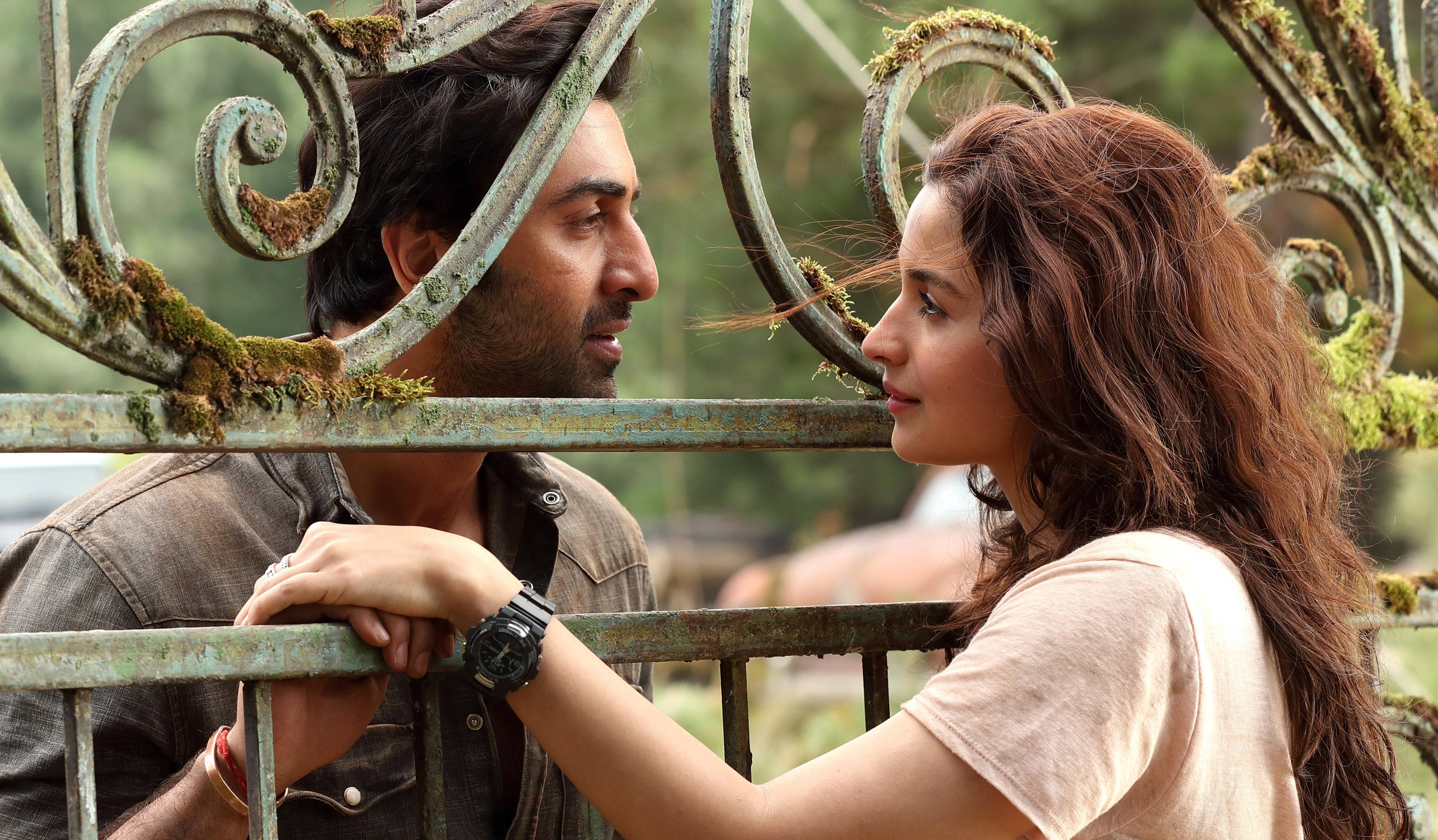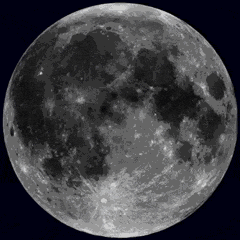
At first blush, Brahmāstra appears sizable, from its star-studded cast to its larger-than-life special effects.
The Bollywood film, distributed by Star Studios and Disney, is the first in a three-part trilogy and sets a precedent for India too; the franchise presents the country’s first original cinematic universe. Officially entitled Brahmāstra Part One: Shiva, the film is set in modern India, with traditional mythology and history as its foundation.
The world in which Brahmāstra resides has been crowned the “Astraverse” by its makers, derived from the word “astra” or objects of power. This umbrella term is a good indication of what Brahmāstra seems to be offering. Director Ayan Mukerji is said to be taking the essence of a fictional realm and infusing it with facets of India, Hinduism, and the country’s culture, threading each component into the massive upcoming release.
The beginnings of Brahmāstra
The film’s complex story was conceived by Mukerji while making his second directorial feature, Yeh Jawaani Hai Deewani, in 2013, which Kapoor also starred in. It was during production that the director first came to Kapoor with what would eventually become Brahmāstra, he tells Mashable.
“I had immense belief and faith in Ayan as a filmmaker,” says Kapoor, who plays Shiv. “[Ayan] had this idea of Brahmāstra…a fantasy film inspired by Indian mythology.” He explains the film’s premise was always derived from Indian culture, pulling on the “rich, unique” aspects of the nation to create a specifically tailored universe.

Credit: Disney.
A 10-year journey followed the inception and conceptual roots of the universe, with five years taken for production. The ambitious project is said to be one of India’s biggest releases to date, with a budget to match. Filming took place globally, across India, Bulgaria, Thailand, London, New York, and Edinburgh. In India, locations spanned from the cosmopolitan background of Mumbai to the holy city of Varanasi.
The larger narrative of Brahmāstra traces a group of sages that once lived in ancient India, protecting the astras — each of which command different sources of divine energy, such as water, wind, and fire. These sages form a secret society — called the Brahmānsh — for this purpose, continuing to serve in secret in present-day India. The first installment in the universe follows protagonist Shiv (Kapoor), a DJ who inadvertently discovers his mysterious connection to the astra of fire, altering his fate.
Shiv is guided by Guru (Amitabh Bachchan), the leader of the Brahmānsh who holds sacred power himself. Guru imparts his wisdom to help Shiv persevere against Junoon (Mouni Roy), the film’s antagonistic force who is fixated on acquiring the most powerful of all the astras. Other actors starring include Nagarjuna Akkineni, Dimple Kapadia, and Shah Rukh Khan in a special appearance.
Redefining superheroes and characters
Kapoor’s romantic interest in the movie is Isha, payed by Alia Bhatt (the two actors are also recently married in real life, after years of dating while shooting the film).
Bhatt says that she decided to do the movie largely because of the director — Mukerji approached Bhatt with the project and she says her decision was all too easy. “I was a huge fan of Ayaan after I saw Wake up Sid,” she tells Mashable. “There was not even a question — I didn’t even care what it was about.”
Bhatt’s character is “the shakti” (strength) to Shiv, providing the ultimate support for him as he grapples with his new destiny. But the narrative itself is the characters’ greatest source of life in Brahmāstra, she says.
“Eventually when the audience enters the cinema, after about three minutes, they’re going to forget Ranbir and Alia. From then, they are watching Shiva and Isha, and those characters are taking the journey forward,” she says.
“A lot of the experience of the character is very situational,” Bhatt adds. “Especially for Shiva’s character. I think, more than the character, it was [about] what these characters were put through and the situations they were a part of — that was a whole new character altogether”.
A big step for Indian filmmaking?
Kapoor says the franchise has shadows of other cinematic worlds, such as Hollywood’s Marvel Cinematic Universe or Tollywood’s Baahubali, a sprawling Indian epic placed in an ancient setting with a sequel to match. But Brahmāstra’s strength will lie in its individuality, its lead actors say, with the all-new “astraverse” laying new ground for Indian cinema.
“I think, if Brahmāstra does well, it leads to so many new stories, which are [steeped] in our Indian culture, which are our stories,” Kapoor says. He emphasizes that he truly hopes the trilogy will be a “positive step” for Indian filmmaking at large.
This step can also come in the shape of technology, considering the film’s distinctive aesthetic value which has already been teased in the trailer and several accompanying songs. There, bursts of color and visually-gripping special effects punctuate each scene shown publicly so far. In the two years of pre-production, Mukerji studied the word of VFX, he said in a statement. He enlisted major visual effect studio DNEG, behind the likes of Christopher Nolan blockbusters Inception, Interstellar, The Dark Knight Rises, as well as Chernobyl.
“The soul of ‘Brahmāstra’ is a love story.”
The world of Brahmāstra, yet to be seen by audiences, is already appearing colossal, if its production notes and opening sequences have anything to say. But Bhatt and Kapoor both say the film holds itself to the longstanding genre of romance, something Bollywood, as an industry, has been known for.
“The soul of Brahmāstra is a love story,” says Kapoor.
Brahmāstra will be released in theatres on Sept. 9.
Videos produced by Teodosia Dobriyanova.
